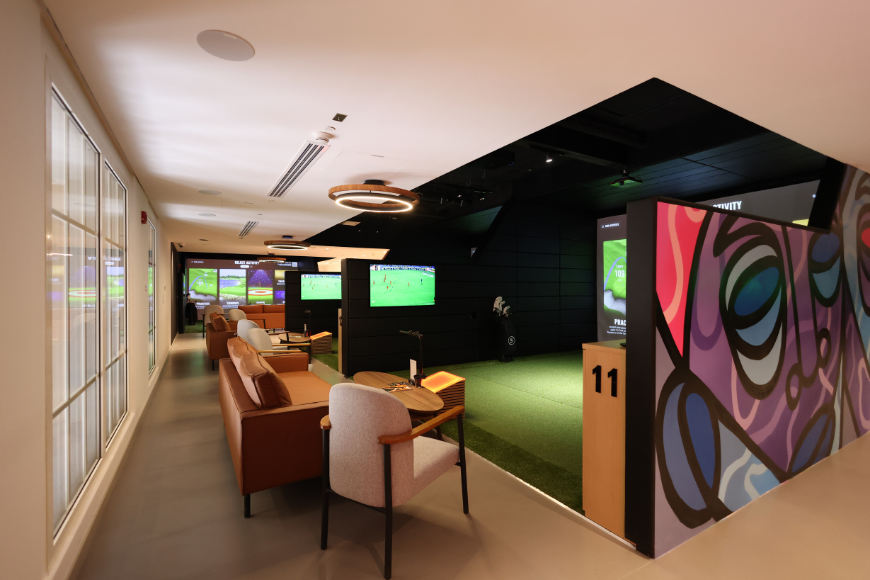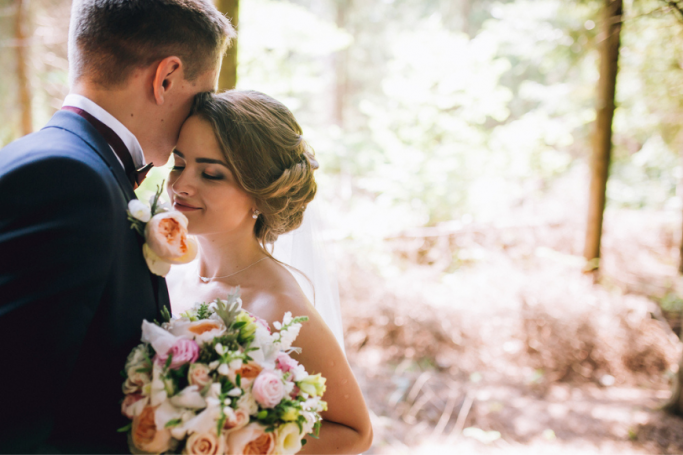Learn more about child development here...
19 September 2013
| Last updated on 31 December 2017
What is child development?
- Gross motor (development of big movements, e.g., rolling, sitting, standing, walking)
- Fine motor (development of hand skills, e.g., ability to play, eat, dress, write)
- Cognitive (development of learning and processing of information)
- Speech and language (development of language understanding and expression and articulation skills)
What are some of the early reflexes that I should expect to see in my baby?
Birth-6 weeks. When the baby is held in an upright position and the feet placed on a firm surface, the baby will take "steps".
Moro ("Startle") Reflex:
Birth-3 months. This reflex involves symmetrical opening of the arms before they close again.
Rooting Reflex:
Birth-4 months. When you stroke the baby's face (near the corner of his/her mouth), the baby will turn to that side
Sucking Reflex:
Birth-6 months. Light touch applied from a nipple or finger to the baby's lips/tongue will stimulate a rhythmic suck response.
2-6 months. When the baby turns his head to one side, the arm on that side will straighten and the other arm will bend (like a fencing posture).
What are some of the basic gross motor and speech and language developmental milestones?
Head control: 3 months
Rolling: 6 months
Sitting: 7-8 months
Walking: 12-15 months
Speech and Language:
Babbling: 4-6 months
First word: 9-12 months
First "sentence" (i.e. joining 2 words together): 18-24 months
It is important to remember that children vary considerably in all aspects of their development and therefore use developmental milestones guidelines as a rough estimate.
What are some of the ways that I can facilitate my child’s speech and language development?
Use simple relevant words that are familiar to your child. Use language that is only slightly above the level of your child. Producing sentences at a level appropriate for your child enables your child to have greater success with copying, understanding and learning.
Modeling
Modeling simply means to demonstrate. If your child is not using words, aim to interpret what your child is trying to communicate and then say the word/s for your child to hear.
Repetition
Children are more likely to learn a new word or phrase when they have heard the word/phrase lots of times. By hearing the same word/phrase many times in different ways, your child will find it easier to focus on the new word/phrase and associate it with what is happening.
Talking to Yourself
There are times when you may be working while your child plays alone near you. These times can be used to help your child learn language. Use simple phrases and sentences to talk about what you and doing and thinking.
Routines are a great way for children to learn. Routines are predictable and reliable and thus provide a good foundation for learning. Nursery rhymes encourage your child to anticipate and predict. Routine allows your child to hear the words used in the same situation over and over. This will make learning these words easier.
Create Opportunities for Communication
It is important to provide your child with many opportunities to communicate. Encourage some effort on your child's part before your child gets what your child wants. Following are some strategies you can use to make communication necessary:
- Do not anticipate your child’s needs (e.g., if your child needs help, wait for him to indicate this to you before jumping in and helping him).
- Offer choices to give your child the opportunity to express which item he would prefer (e.g., when offering a drink, you might offer your child water or milk and encourage him to indicate which one he would prefer).
- Do the unexpected (new situations create a reason for your child to communicate).
What are some ways in which I can encourage my child’s gross motor development?
- Place on his/her back to work on having the head in the middle and looking to the right and left. Freely moving the limbs, this will lead to important activities such as hands together and playing with his feet.
- Time lying on his sides gives again experience of head in the middle and helps him to experience hands together.
- Tummy time is extremely important it should be done when your child is awake and supervised. This position helps to develop head control and strength in his back which is required for sitting. From this position babies often roll for the first time and it leads to crawling. Lying baby over a nursing pillow or on your chest are good ways to vary this experience.
Avoid items such as baby walkers and doorway jumping seats. These encourage babies to bounce/walk on their toes. Walkers block the natural development patterns required for skills such as sitting crawling and walking; they don’t help to strengthen muscles and may lead to delayed development.
When to seek help:
It is important to seek help when you, as a parent, are concerned about any aspect of your child's development. We recommend that you take your child to a Paediatrician and discuss your concerns. They may then refer you on to the appropriate therapist for assessment and/or therapy.
Bliss "handle me with care" publication in collaboration with the Association of Paediatric Chartered Physiotherapist Neonatal group, UK




.png?itok=HBSyMDok)









































































.png)


























.png?itok=0fOAXkOm)

























.png?itok=EH_x0Pha)
